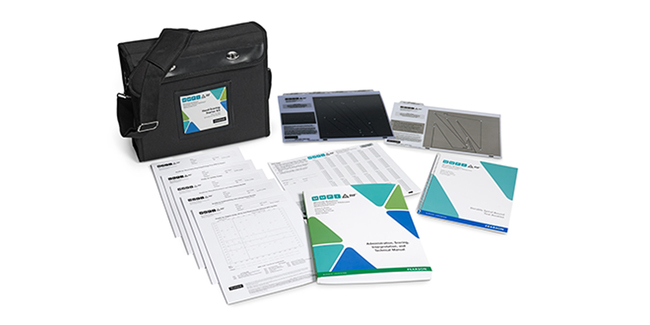Minnesota Multiphasic Personality Inventory-Adolescent-Restructured Form® (MMPI-A-RF®) is the most up-to-date, empirically-based personality assessment for use with adolescents. The test mirrors the structure of the MMPI-2-RF® and includes several adolescent-specific scales to provide a valuable alternative to the MMPI-A® test. Guidance on using this test in telepractice
Minnesota Multiphasic Personality Inventory-Adolescent-Restructured Form
MMPI-A-RF
Minnesota Multiphasic Personality Inventory-Adolescent-Restructured Form® (MMPI-A-RF®) is the most up-to-date, empirically-based personality assessment for use with adolescents. The test mirrors the structure of the MMPI-2-RF® and includes several adolescent-specific scales to provide a valuable alternative to the MMPI-A® test. Guidance on using this test in telepractice‹ View all tests and materials
MMPI-A-RF Externalizing, Interpersonal and Interest Scales Answer Key
9780749171445
Qualification Level
C
Plastic templates
£65.10
